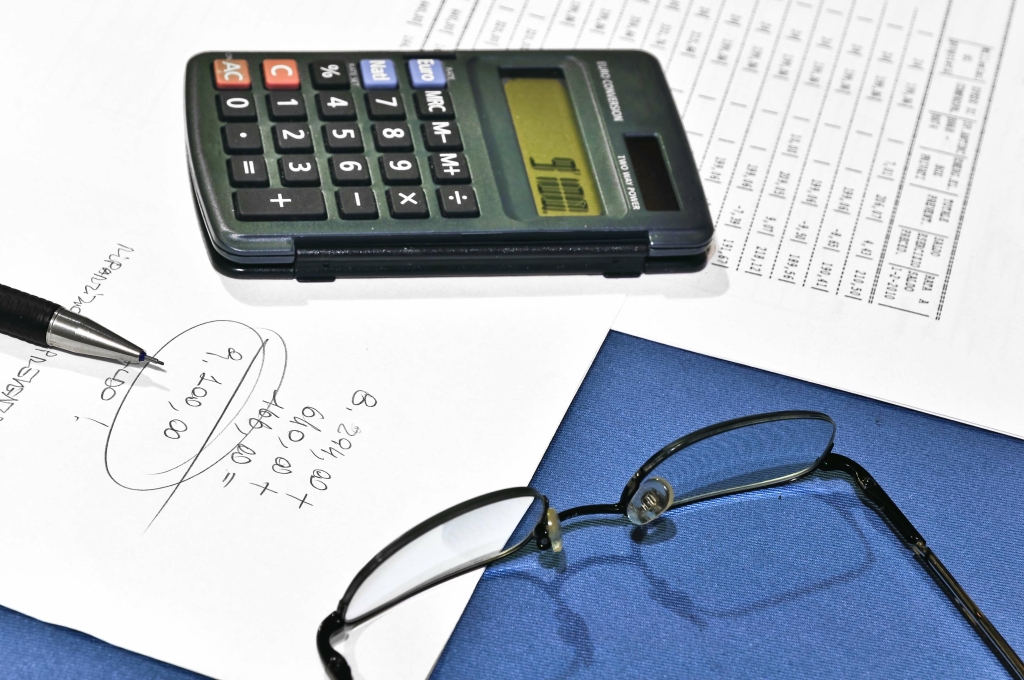
Suppose a company purchases machinery for $50,000, which they expect to use over ten years. Each year, they may amortize $5,000, moving it to the Accumulated Depreciation account and reducing the book value of the machinery. There is almost always a story behind data; a clarification or historical insight that changes the meaning behind raw figures. In a report, layering on that additional context can be easy, but in a general ledger, you have few options for conveying nuance and subtlety.

#5 – Allowances for Doubtful Debts
A contra-asset account has a credit balance, which lowers the total asset value. A contra-revenue account has a debit balance, reducing total revenue, and a contra-liability account also has a debit balance. These accounts adjust assets, liabilities, revenue, and equity without altering the original transactions. This ensures financial statements reflect real values and prevents overstatements that could mislead investors and auditors.
- For example, if an account has a debit balance, a contra account will have a credit balance.
- It helps reduce the reported value of assets, liabilities, or revenue on financial statements.
- Angela is certified in Xero, QuickBooks, and FreeAgent accounting software.
- Contra Liability Account – A contra liability account is a liability that carries a debit balance and decreases other liabilities on the balance sheet.
- They are used to adjust the value of related asset accounts and reflect transactions that affect a company’s financial statements.
What is a Contra Asset Account in Accounting
Let’s go over how they work and what the main types are, and then finish with an example. Provision for a discount from creditors and discount on bills receivable are other widely used examples. Read about the difference between manual and automated business expense tracking and see what your business needs. Robert Rogers is a seasoned expert in the fields of sales tax, spreadsheets, and eCommerce. With years of experience and a passion for helping businesses succeed, Robert brings a wealth of knowledge and insights to Salestaxcel. This helps the reader to know how many sales were actually made and how many customers had problems with http://www.test.halilturkoglu.com.tr/wp/index.php/2023/07/17/8-payment-recovery-metrics-that-matter-how-to/ the goods sold.
Tricky Question: Is Unearned Revenue a Contra Account?
Properly documenting these contra accounts in your ledger can sometimes feel counter-intuitive since they operate in an opposite manner from their parent accounts. Consider an asset account, where the values are listed as debits, and the account itself will present a positive total. Conversely, for a contra asset account like depreciation, you would list all entries as a credit, carrying a negative total balance for the overall account. An example of a contra liability account is the bond discount account, which offsets the bond payable account.
- Just like how a doctor might use an X-ray to see through flesh and bone, contra assets help us peek behind the surface value to understand the true condition of company assets.
- By reflecting both accounts on the balance sheet, analysts can understand both the original price and the total decrease in value of a certain asset over time.
- Offsetting the asset account with its respective contra asset account shows the net balance of that asset.
- Rather than altering the original cost of the asset, it serves to reduce the asset’s value on the balance sheet, thus representing the asset’s declining value over its useful life.
- Contra asset accounts are not closed at year-end; they are permanent accounts that carry their balances forward to the next accounting period.
- Tools like Ramp integrate with accounting platforms to streamline reconciliations, categorize transactions, and generate real-time financial insights.
- In implementing contra assets in bookkeeping, professionals must navigate certain risks and take important considerations into account to ensure accuracy and reliability of financial statements.
A contra account reduces the balance of another account with which it is paired. It carries a balance opposite to the account it offsets; for instance, if an asset account normally has a debit balance, its contra-asset account will hold a credit balance. This allows businesses to present the gross amount of an item alongside its net or book value, providing a more realistic financial picture without altering the original account’s historical record. Overall, contra accounts are offsetting balances that are the opposite of specific accounts. There are several examples of income summary contra accounts, including accumulated depreciation, accumulated depletion, accumulated amortization, allowance for receivables, etc. These are all examples of contra-asset accounts, which are the prevalent type of contra accounts.

What role does a contra asset account play in recording accumulated depreciation?
Also, when products are returned, Sales Returns and Allowances—a type of contra revenue account—offset the previously recognized sales revenue. Such accurate record-keeping is vital for maintaining the integrity of your financial reports. When posting transactions, one would credit the contra asset account to increase its balance, which decreases the net value of the corresponding asset. Sales and Sales Returns and AllowancesBusinesses also deal with sales returns and allowances, which are recorded in a contra revenue account. This account offsets the gross revenue to reflect that not all sales result in final transactions.
- This accounting tool presents a more accurate and transparent view of financial information.
- Contra equity accounts, therefore, act as a ledger for corporate strategy, impacting how the worth of a company is perceived from the outside.
- Accumulated Depreciation is a contra asset account utilized to record the total depreciation of a fixed asset over time.
- Also, when products are returned, Sales Returns and Allowances—a type of contra revenue account—offset the previously recognized sales revenue.
- This shows how much the fixed asset has depreciated while keeping your balance sheet accurate.
- Failure to track these adjustments can lead to compliance issues, regulatory penalties, and credibility loss.
- A less common example of a contra asset account is Discount on Notes Receivable.
- Contra asset examples like ‘Accumulated Depreciation’ reduce the value of fixed assets, showing their worth after usage over time.
- In a report, layering on that additional context can be easy, but in a general ledger, you have few options for conveying nuance and subtlety.
- A contra account is an account with a balance opposite the normal accounts in its category.
This process calculates the decline in value of the natural resource and offsets it against the initial appraisal of the land where the resource is being extracted from. A business called Show-Fleur offers private driving tours of local botanical gardens — all from the comfort of high-end limousines. For its day-to-day operations, the business maintains a fleet of 75 identical 2016 Ford Explorer limousines, each initially retailing at $150 thousand. However, these vehicles have experienced significant wear and tear in the intervening years.

Obsolete inventory
Contra revenue accounts are the dedicated detectives tracking down all the subtractions from a company’s gross revenue. These accounts keep an eagle eye on sales returns, allowances, and discounts, ensuring you’re not overestimating your income. By subtracting these amounts from the total sales, what you’re left with is net revenue— the revenue that’s truly earned and likely to stay in the company’s pocket. Maintaining contra revenue accounts empowers you to maintain healthier and more realistic expectations of financial outcomes—no rose-tinted glasses here.
Assessing Valuation Allowances
In reality, the actual number of company discounts came closer to $2 thousand. Optimizing your handle on contra accounts doesn’t end with just understanding them; it’s about contra asset definition mastering the tools and techniques to manage them effectively. Enrich your expertise by diving into online courses that dissect advanced accounting concepts, many of which come with coveted CPE credits to boot. You could explore comprehensive webinars and workshops focused on the nitty-gritty of contra accounts.